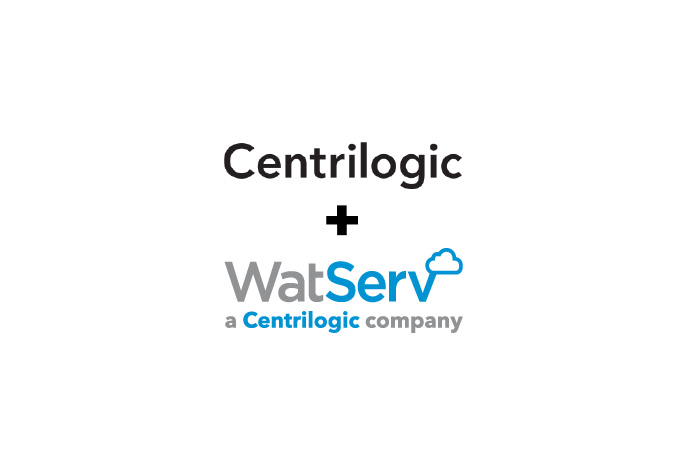These Capabilities Were Just Rolled Out for Windows Virtual Desktop
Even before the Covid-19 global pandemic hit, how we work was evolving. Now, out of necessity, how we work has rapidly transformed overnight. And with this has come a whole host of new issues from security risks, to collaboration challenges, to learning gaps.
Technology priorities now include an increased need for agility and scale to meet shifting requirements, and companies are looking for longer-term solutions, especially since public health organizations have warned that there may be no silver bullet to take the world back to the way it was.
In today’s climate, the focus must be on adapting to survive – and even thrive – in the new normal.
With this as a backdrop, we’re seeing companies rely heavily on remote work technology, which often features Windows Virtual Desktop to deliver a secure Windows 10 experience. Companies that were planning on modernizing their remote desktop services (RDS) infrastructure are now being compelled to make big decisions quickly, and are looking to cloud-based solutions that enable rapid scalability.
To support this, Microsoft has rolled out (between April and July 2020) new capabilities for Windows Virtual Desktop and the Azure portal integration, which enables easier deployment and management. It has also announced changes to Teams that facilitate better meetings and collaboration.
Here’s a summary of what’s new:
1. New Capabilities for the Azure Portal Integration
The Azure portal integration provides you with a simple interface to deploy and manage all apps and virtual desktops. It also means that all the objects you create, like host pools and workspaces, are managed the same way as other Azure resources.
The new features that have been rolled out include:
- Azure role-based access control (RBAC) – Azure RBAC includes four built-in admin roles to get you started. You can also create custom roles and provide fine-grained access control to Windows Virtual Desktop resources, quickly and easily.
- User management – Unlike the previous version, where you could only publish Remote Apps and Desktops to individual users, you can now publish to Azure Active Directory (Azure AD) groups. This is a big win when it comes to scalability.
- Monitoring – Now, monitoring logs are stored right within Azure Monitor Logs, which lets you analyze and create visualizations to troubleshoot quickly and effectively.
Already have an existing deployment using the previous (classic) version? Not to worry, you can continue using it, plus take advantage of new features.
2. New A/V Redirect for Microsoft Teams
If you’ve been a regular user of Teams for some time, you’ll know that virtual desktops didn’t used to be great for audio and video conferencing due to latency challenges. However, Microsoft has fixed this in their new A/V redirect feature for Windows Virtual Desktop. Once turned on, this featured handles audio and video locally for Teams calls and meetings, speeding things up considerably. Want to use it with other clients without optimizing? You can continue to do that. Also, Microsoft Teams chat and collaboration is supported on all platforms, making it a robust option.
At WatServ, we’re looking forward to taking advantage of these new capabilities, and we hope you are too. Remote work is here to stay, and the tools and technologies that enable it continue to evolve every day.
For more information and documentation on these updates, please refer to Microsoft’s announcement on July 27, 2020.
Have a question about how your company can leverage Windows Virtual Desktop? Our experts are here to help. Contact us today.
WatServ demonstrates best-in-class capability and market leadership through proven technology and customer commitment.
About
WatServ is an IT solutions provider that helps organizations digitally transform through cloud technologies and managed services.
Serving clients as a trusted advisor since 2006, WatServ provides experience-tested, strategic solutions across all stages of the digital transformation journey. Clients choose WatServ to migrate infrastructure and applications to the cloud, secure critical data, implement disaster recovery, deploy virtual desktop, enable data-readiness for productivity solutions and manage IT environments.
Our clients span a broad range of industries, and we’re a global supplier of IT services for many Brookfield Portfolio Companies. To help our mid-size clients, we provide scalable offerings that simplify cloud adoption and drive business optimization. For enterprise clients, we co-create cloud solutions that enable stability and efficiency for complex IT tools and processes.
With more than 15 years of experience, WatServ has a track record of delivering quantifiable business results and a superior client experience. Ranked as one of Canada’s Top 100 Solution Providers for the last three years in a row, WatServ is always on.

